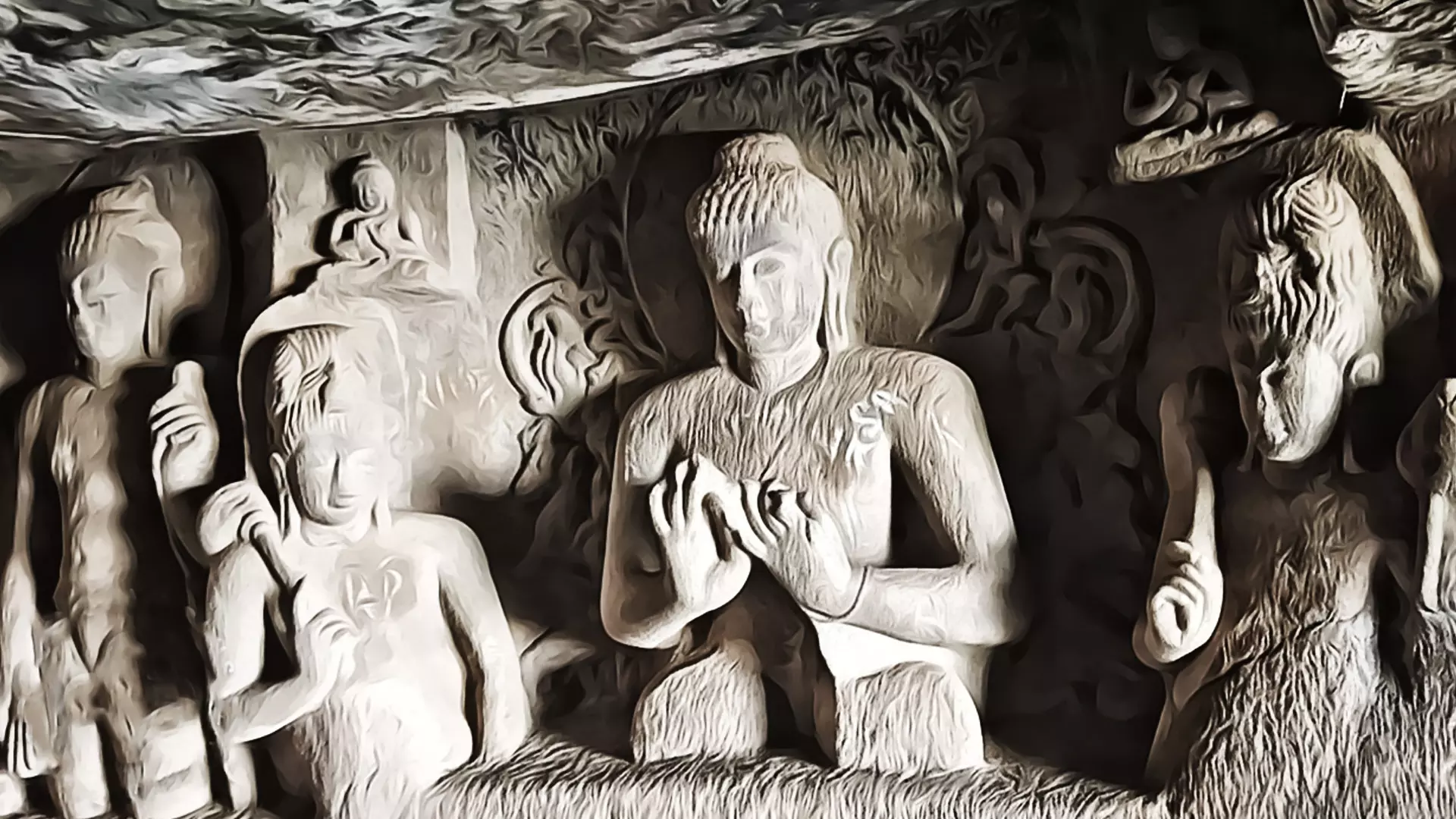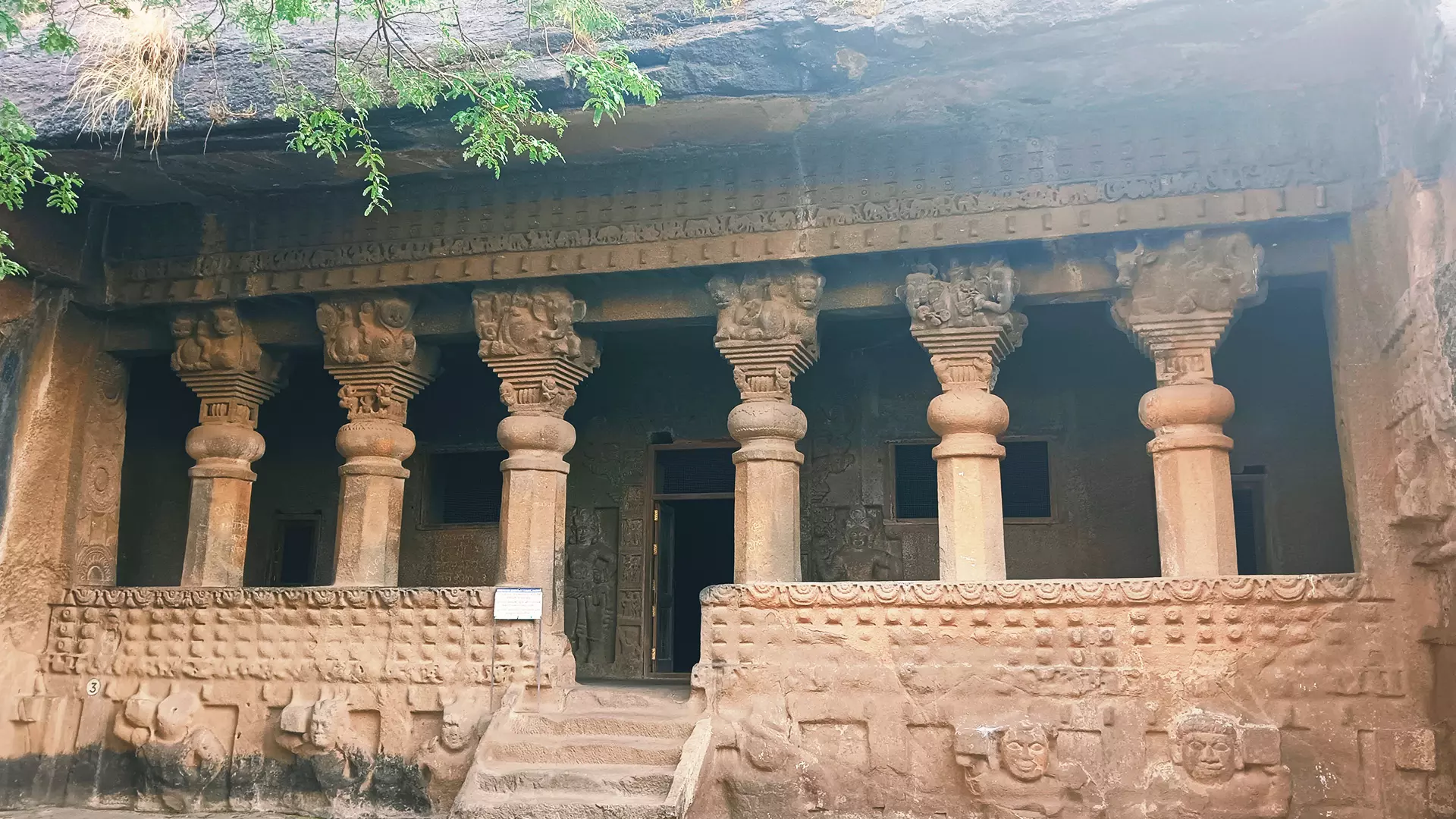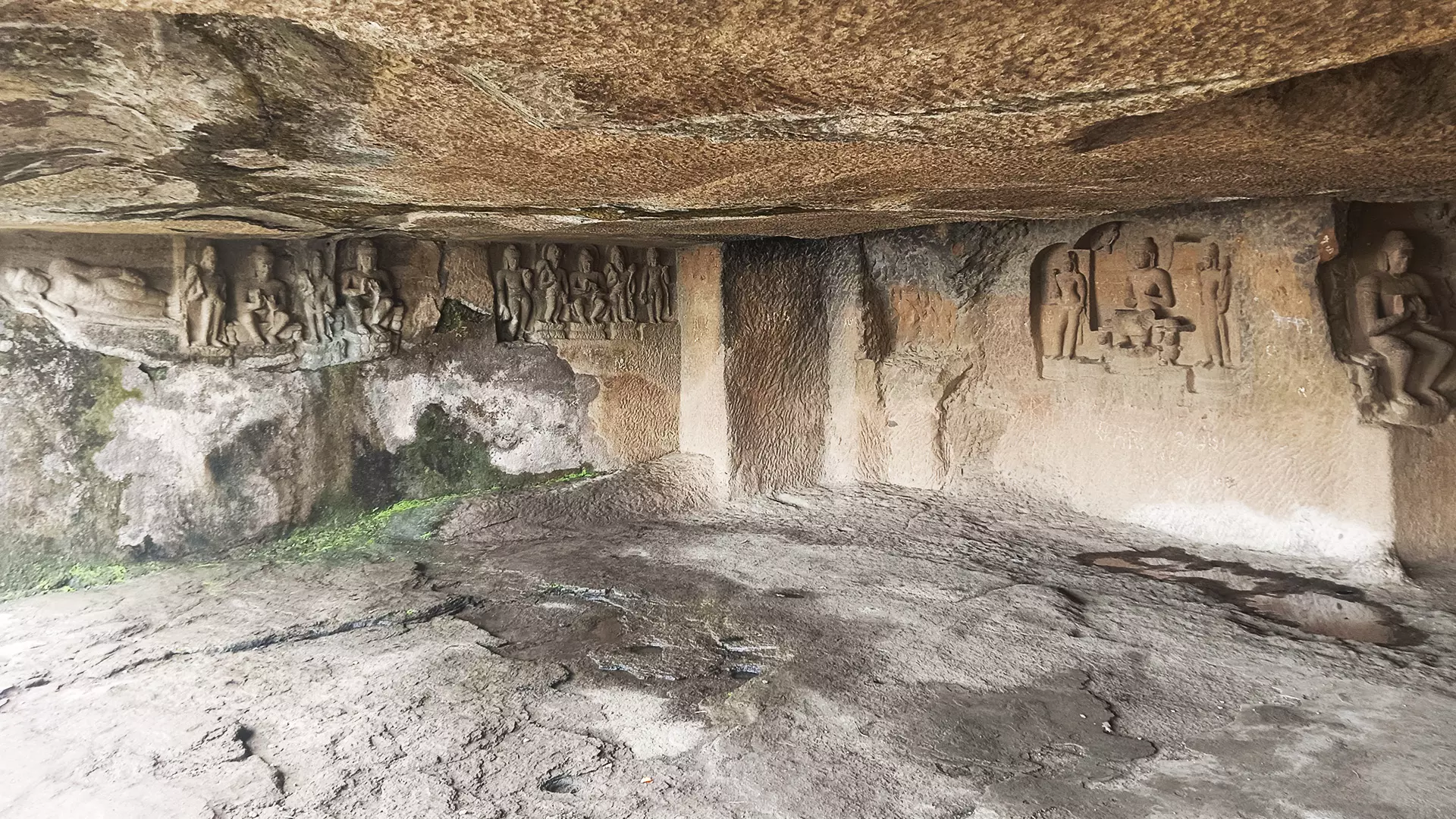
- Home
- India
- World
- Premium
- THE FEDERAL SPECIAL
- Analysis
- States
- Perspective
- Videos
- Sports
- Education
- Entertainment
- Elections
- Features
- Health
- Business
- Series
- In memoriam: Sheikh Mujibur Rahman
- Bishnoi's Men
- NEET TANGLE
- Economy Series
- Earth Day
- Kashmir’s Frozen Turbulence
- India@75
- The legend of Ramjanmabhoomi
- Liberalisation@30
- How to tame a dragon
- Celebrating biodiversity
- Farm Matters
- 50 days of solitude
- Bringing Migrants Home
- Budget 2020
- Jharkhand Votes
- The Federal Investigates
- The Federal Impact
- Vanishing Sand
- Gandhi @ 150
- Andhra Today
- Field report
- Operation Gulmarg
- Pandemic @1 Mn in India
- The Federal Year-End
- The Zero Year
- Science
- Brand studio
- Newsletter
- Elections 2024
- Events
- Home
- IndiaIndia
- World
- Analysis
- StatesStates
- PerspectivePerspective
- VideosVideos
- Sports
- Education
- Entertainment
- ElectionsElections
- Features
- Health
- BusinessBusiness
- Premium
- Loading...
Premium - Events

There are more than 1,000 excavations related to Buddhism in India, the highest among all other religions practised in the country. The high number shows the popularity of Buddhism which influenced the social and cultural sphere of the Indian society for many centuries, particularly during its heydays between 200 BCE and 600 CE. If one looks at the religious history of Buddhism, one finds...
There are more than 1,000 excavations related to Buddhism in India, the highest among all other religions practised in the country. The high number shows the popularity of Buddhism which influenced the social and cultural sphere of the Indian society for many centuries, particularly during its heydays between 200 BCE and 600 CE. If one looks at the religious history of Buddhism, one finds that rock-cut architecture played a significant role in its growth. While the rock-cut caves in Barabar (322–185 BCE) and Nagarjuni hills in Bihar remain the earliest known examples of rock architecture in India, a series of cave temples in places like Vijayawada (Andhra Pradesh), Lonawala, Nashik (Maharashtra) and regions like Saurashtra (Gujarat) Western Ghats and Deccan Plateau stand testimony to the rock-art mastery of the Buddhists.
Scholars believe that rock architecture in India was practised for a long period as the first excavations date from the third century BCE. It lasted till the 10th century AD under the Buddhists, despite having a long period of silence in between. The rock-cut Buddhist cave temples in India underwent a series of alterations during the shift in the belief system. So, there will be a mixture of different styles and belief systems, particularly when it comes to images and facades, that one can witness inside these caves. While Hinayana Buddhism rejects idol worship as it seeks salvation through consciousness and self-realisation, the Mahayana sect considers Buddha as a heavenly entity.
Situated 8 km from Maharashtra’s Nashik, the Trirashmi Leni — Trirashmi being the name of the hills in which the caves are located, and Leni being a Marathi word for caves — are among the oldest Buddhist caves carved between 2nd Century BCE and 5th Century CE. The group of 25 caves, locally known as Pandav Lena, were cut in a long line on the north face of the Trirashmi hill. With great mastery, the caves are a living example of the brilliant phase in the rock-cut architecture. “Please leave your footwear outside,” reads a white board in blue letters, displayed in front of some caves by the Archaeological Survey of India (ASI) which maintains the Trirashmi cave complex. Since there was no brochure, it is difficult for the visitors to understand the historic significance of each cave.
“The ASI has displayed information boards with numbers of each cave from the main entrance to the caves. But many skip these while ascending the concrete steps to the caves. There was no guide available on the site. It would have been nice if the ASI distributed a brochure with brief information about the caves,” Vijay Yadav, a history-enthusiast based in Shimoga.
Architectural marvels apart, the Trirashmi caves have interesting tales of donations, not only by the rich but also by laypeople. The caves were donated by the rulers, merchants and laymen. Cave 6 mentions the donation of a cell given by a householder named Vira in the name of his wife – Nandasiri and daughter – Purisadatta. Cave 8 is donated by a fisherman named Mugudassa. Cave 11, 12, 17, 19, 22, 23 and 24 have been respectively donated by writer Ramanaka, Yavana (Greek) Indragnidatta, religious officer of king Krishna, female monk Tapasi, villager Dhanma and Dhamachika Vudhika.

The group of 25 caves, locally known as Pandav Lena, were cut in a long line on the north face of the Trirashmi hill.
Cave 18 is the only Chaitya Griha in this complex measuring 21 feet wide and 38 feet deep. It has 10 octagonal pillars on the sides and five pillars surrounding the stupa. The inscription states that this chaitya was donated by Bhatapalika, wife of royal officer Agiyatanaka. Chaitya Griha is highly respected in Buddhism and is used for praying and meditation. Scholars believe that the donations by different walks of people show even the commoners had deep faith in the teachings of Buddha. “Buddhism was a religion that many wanted to follow, mainly because of its solutions to the unending worries of human beings. There was no hierarchy, and everyone shared the same space. As a religion, it gave room to people from different walks of life,” says Shyam Krishnan, a retired history professor based in Mumbai.
The details of the development of the site have been studied and documented by many researchers. Cave 17, according to Scholar Akash D Gedam, marks the first attempt at combining a chaitya shrine and a vihara, which is later to be seen in the Mahayana Viharas at as Ajanta (India) caves. “Cave 17 consists of a verandah, a large rectangular hall. One cell on the left side and four on the right. There is another chamber in the back wall which was in all probability intended as the stupa shrine as the inscriptional evidence would suggest. If complete, this would have been the earliest and the most perfect specimen of a quadrangular chaitya-cum-vihara which is typified by the later Ajanta examples,” writes Akash D Gedam, Department of Mathematics and Humanities, Yeshwantrao Chavan College of Engineering, Nagpur in a paper titled ‘Greco-Roman (Yavana’s): A Pioneer to the architecture of Nashik Trirashmi Caves’ that he co-authored with Mohini Pundlikrao Gajbhiye and published in ResearchGate.

The caves are a living example of the brilliant phase in the rock-cut architecture.
Buddhism began to spread its wings as a global religion under the patronage of Ashoka who had appointed one Yavana Dhammarakhita for propagating Buddhism in Aparanta that is Konkan, the coastal region of Maharashtra. “This would suggest that a sizable Yavana population was there in Maharashtra even in the days of Ashoka. The Indianised names of many Yonaka monks found in the Pali texts and inscriptions attest to this process. It is not without significance that the cave was the gift of one Indragnidatta, a native of Dantamiti (Demetrias) in Sind or Gandhara region,” they added.
It was after the death of Buddha that his teachings became popular. “When the Buddha died, his disciples cremated his body and distributed the ashes among the elders and rulers of local tribes,” writes Owen C Kail, author of Buddhist Cave Temples of India. “Emperor Ashoka is known to have unearthed the ashes of the Buddha from its original repositories, divided them still further and created 84,000 stupas all over his kingdom. This explains why sites like Sanchi in Madhya Pradesh and Taxila in Pakistan have such fine Buddhist monuments even though they were never visited by the Buddha.” Inside the Trirashmi caves, you have hidden surprises in the form of inscriptions on the rock walls of the caves. There are chances that one may miss them if one doesn’t look at the details on the caves. The inscriptions in all these caves are written in Brahmi (Dhamma Lipi) script and the languages are Pali and Prakrit.

